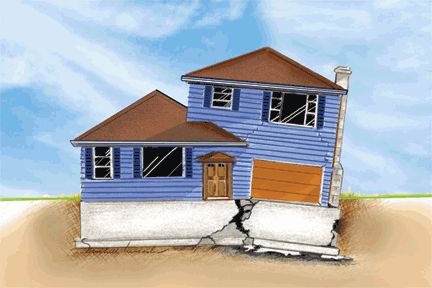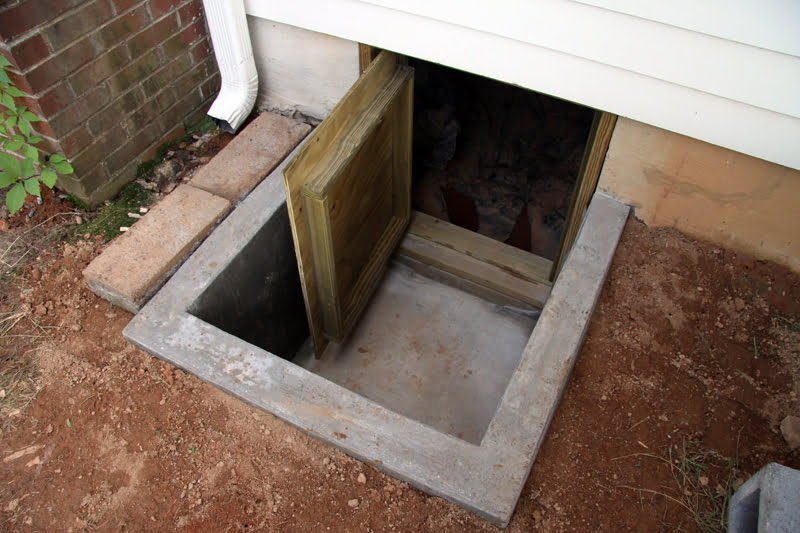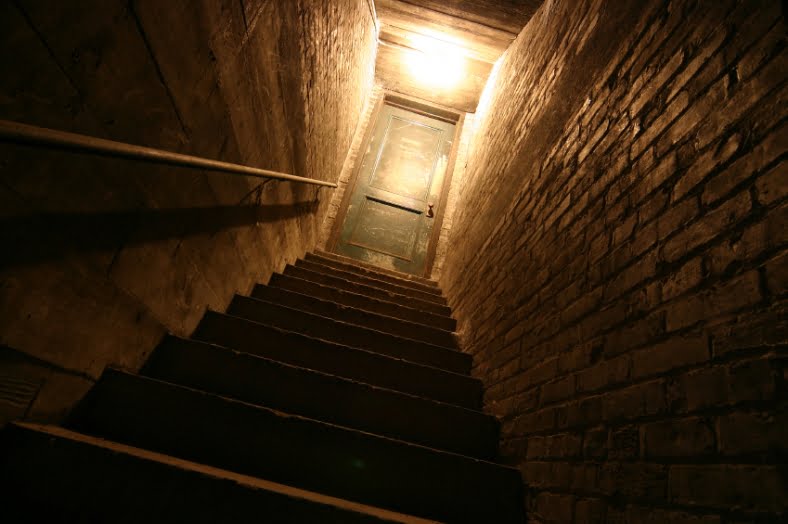Foundation cost and repair
When homes are built, the first step in the process is setting the foundation. This can be a concrete slab, or, if there is a crawl space under the house, it is most likely composed of post and concrete supports, or piers. If there is a basement, you’ll be looking at the perimeter foundation wall. These are all critical parts of the structure of the home. If something happens to the foundation, it can have a major impact on the home. Not just the structure of the property, but the value as well. So how do you know if the foundation is bad and what can you do about it?
If the foundation is bad, the costs to repair can be severe. It’s a complicated process and a headache. So, if you’re looking to purchase a property, checking the foundation should be one of the first things you check. How do you check the foundation? Well, you actually can check it yourself, of course, its always best to have a foundation inspector come out to the property, but, that is possibly time and money you don’t have. So here’s a few tricks to do a simple foundation check yourself, and, if you see anything that is out of the norm, you can then place the call to a foundation inspector to further investigate.

Concrete Slab
If your home is settled on a slab, here’s some of the things you want to look for.
Check outside
If you take a look around the perimeter of the home, stand at a corner and look down the wall. The walls should be basically straight, both up and down and from side to side. Check for leaning or bulging of the walls with a level. If anything seems out of place, it may be wise to make a call.
Look for cracks
Cracks inside or outside of the home in the brick or walls, these can be a sign that the soil around your foundation may be expanding and contracting, putting pressure on the walls. This could also cause the perimeter walls to bulge. Keep in mind, your looking for large, out-of-place, cracks. Don’t tangle your mind up by focusing on hairline cracks, as these are usually a normal process of the house settling.
Probe the Slab
The foundation is built to last, grab a screwdriver and probe the foundation around the entire perimeter. If you manage to chip it, or break off a piece the concrete could be deteriorating because the mix contained dirty or salty sand or too much water. This problem is most common in the early 1900s and has no remedy short of a new foundation.

Crawl Spaces
I’ve been under these, and it can be a pain. They are exactly what they sound like. It’s a crawl space built under your home revealing the post and concrete supports, and piers. These are what you’ll be checking. Don’t forget to check the perimeter walls as well, in fact, it may be a good idea to make that your first stop. That way you can check for any visible signs on the outside before you cross the threshold into the underbelly of the home.
Probe the wood.
Everywhere, not just the post or piers, but everything. Your checking for rot, grab that screwdriver and get to work. While your down there check for standing water or microbial growth, these can lead to some major issues down the road. Puddles can mean there is a drainage issue, be sure gutters aren’t plugged, and the soil slopes away from the foundation about 6 inches every 10 horizontal feet.
Visual check
Like the walls of the slab foundation, the post and piers should be basically straight up and down. Look for any sagging of the subflooring as well.

Basement
Basements are somewhat similar to a concrete slab and crawlspace, there is really only one additional factor to checking the foundation of a property with a basement.
Post
The post in the basement is the support to the home. Check these with a level, they should be straight and show no signs of rot. How sturdy is it? You shouldn’t be able to easily shake the posts.
Cracks in Doorways Foundation
Indoor warning signs
Like we have covered, houses settle over time, a little unevenness is not cause for panic. At the same time, you’ll want to be alert to these warning signs that more dramatic changes could be taking places.
- A door begins to jam or fails to latch.
- Cracks appear in walls, over doorways, windows, or where walls meet ceilings.
- Cracks open in vinyl or ceramic tile over a concrete floor
- Windows that have become difficult to close, or open.
Foundation repair is not cheap, the Sherman bridge marketplace offers Hard money loans, also known as private loans, rehab loans, bridge loans and construction loans, a form of real estate investment financing available to purchase and repair a property. Hard money loans do not follow conventional standards that are required by banks or mortgage brokers, which allows you to obtain maximum leverage for a distressed property as well as to obtain funding for repairs. When working with a hard money lender, you will be able to finance your residential investment property as if you were paying cash.
